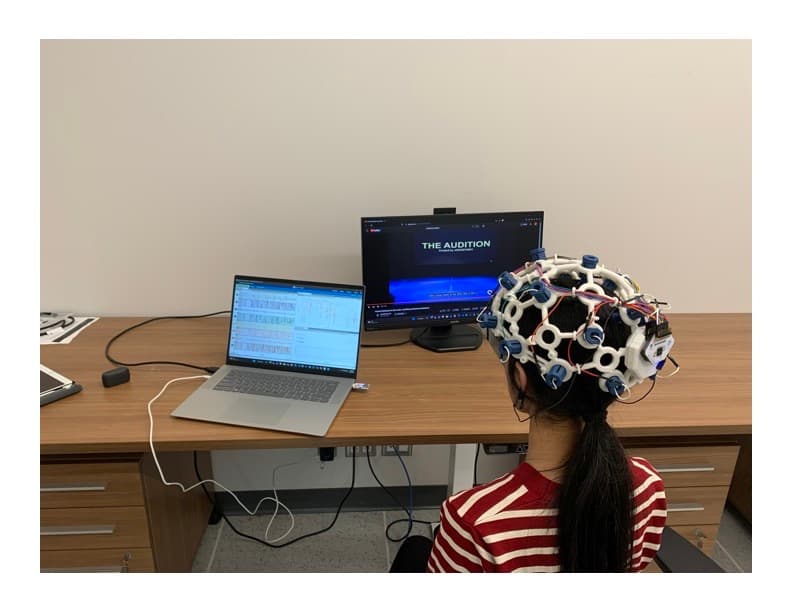Agentic Unified Robotics Architecture (AURA): Mind controlled robotic arm application
AURA is a brain-computer interface (BCI) project built around OpenBCI EEG hardware to enable direct control of a robotic arm through thought. The system integrates two EEG paradigms, P300 and Motor Imagery (MI) with tailored signal processing and machine learning pipelines. Together, these modules allow a user to both select actions (P300) and continuously guide motion (MI). The framework transforms neural intent into agentic robotic arm control, with the goal of providing assistive functionality for patients with paralysis, stroke, or severe motor impairments.

Demo Videos
Watch AURA in action as it demonstrates mind-controlled robotic arm movements for assistive applications.
Robotic Arm Test with OpenBCI Integration
GUI-Only Control Logic Demo
The Challenge
Stroke survivors, patients with paralysis, and individuals with spinal cord injuries face devastating loss of arm movement, making even basic tasks like eating, drinking, or reaching for objects impossible. Traditional assistive devices require physical input methods that these patients simply cannot use.
"Imagine losing the ability to feed yourself or pick up a glass of water. AURA aims to restore independence by enabling patients to control robotic arms through thought alone, using their brain signals to perform daily tasks."
Our Solution
Dual EEG Paradigm System
P300 Module
- Discrete action selection (activate, stop, select mode)
- 80% offline accuracy on OpenBCI data
- Reliable intent detection with low false positives
Motor Imagery (MI) Module
- Continuous directional control (left/right, up/down)
- Mu and beta rhythm detection
- Naturalistic arm movement control
System Architecture
EEG Data Acquisition
Real-time signal streaming from 16-channel OpenBCI headset with central-parietal and sensorimotor electrode placements for high-resolution brain signal capture
Signal Processing
Bandpass filtering, artifact removal, and feature extraction for both P300 and MI paradigms
ML Classification
Separate trained models for P300 (ERP features) and MI (spectral power analysis) with confidence scoring
Agentic Control
Intent fusion system that maps neural signals to safe robotic arm trajectories and actions
Key Features
🎯 Unified Framework
Combines discrete and continuous control in one integrated system
🔬 OpenBCI Integration
Leverages open-source, accessible EEG hardware for neuroprosthetics
♿ Assistive Focus
Designed specifically for patients with motor impairments
Technical Implementation
Hardware
Signal Processing
Machine Learning
Control Systems
Impact & Applications
Assistive Robotics
Enable paralyzed patients to manipulate objects and perform daily tasks through thought control
Neurorehabilitation
MI training to re-engage motor pathways during arm control therapy